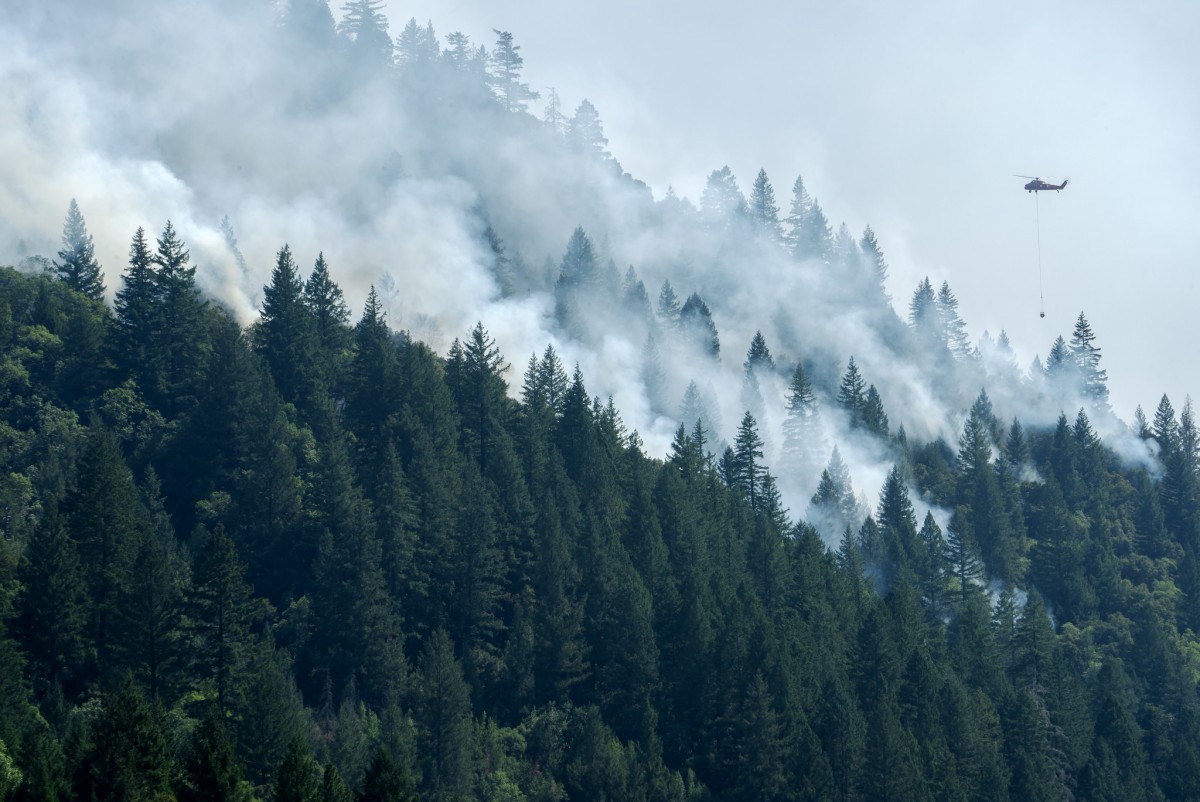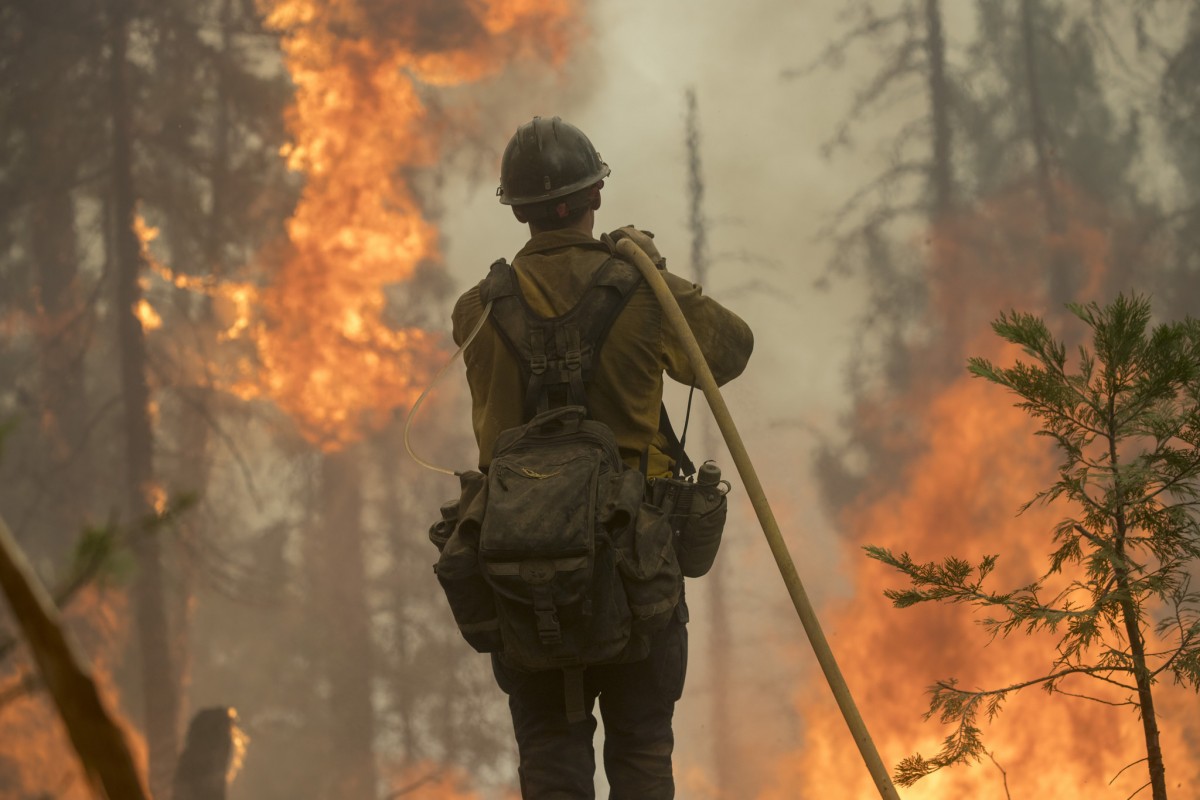In California, wildfires are having devastating effects on the landscape and those who live there, destroying forests, wildlife habitat, homes and buildings and taking lives. Since 2013, more than five million acres of the state’s forests have been burned by wildfires, and 10 of the 20 most destructive wildfires in California’s history occurred in the last five years.
The state’s most recent fire, the Camp Fire, which burned more than 150,000 acres in Butte County until it was contained on November 25 after 17 days, tops the “most destructive” list. It claimed 86 lives and 18,804 structures.
One nonprofit, however, is working to remedy the damage done to California’s forests by restoring them to their former grandeur.
“Fires burned so severely that many of these forests are left with no forest cover whatsoever.”
The National Forest Foundation (NFF) announced last week the creation of the California Wildlife Restoration Fund, created to generate support for the restoration of the state’s national forests, which have been decimated by wildfires in recent years. For every dollar donated to the fund between now and March 31, NFF will plant one native tree in a California national forest that’s been affected by wildfires. The state has 14 such forests, which help support the state’s vibrant outdoor recreation economy.
“Fires burned so severely that many of these forests are left with no forest cover whatsoever,” according to NFF’s website. “Winter rains are expected to scour bare slopes, leading to erosion and sedimentation of the streams that supply California communities with water. Much of the wildlife habitat that provides refuge for California’s diverse fauna is gone. Perhaps most frightening, without immediate action, we could lose some of these forests forever.”

A number of small businesses and corporations have committed to NFF’s restoration effort, including The Starbucks Foundation. The organization donated $50,000 to the fund to plant 50,000 trees, citing the impact many of the fires have had on Starbucks employees and their communities.
Other organizations giving money to help regrow California’s national forests are 1% for the Planet, Boxed Water Is Better, Caudalie, minuteKEY and Lands’ End. Working with the U.S. Forest Service to plant only native trees in areas with the most need, NFF has planted 3.5 million trees in the state since 2010.
“Wildfire risk in the United States won’t just be a Western problem.”
Yet, as NFF and others work to regrow these critical forests, rising global temperatures will continue to pose an increasing problem — not just for Californians. A recent report from the Trump administration indicates that climate change is largely to blame for the increase in wildfires and their strengthening severity in recent years, signaling that such occurrences are the new norm.
According to a New York Times analysis of the Fourth National Climate Assessment, “the continued release of greenhouse gases from cars, factories and other sources will make fires more frequent, including very large fires that burn more than 12,400 acres.” The White House report notes that human-caused global warming is contributing to the uptick in wildfires in large part by “drying forests and making them more susceptible to burning.” In California, severe droughts have played a substantial role in the drying of forests in recent years, putting them more at risk.
As authors of The New York Times article Kendra Pierre-Louis and Nadja Popovich wrote, as warming continues, “wildfire risk in the United States won’t just be a Western problem.”





